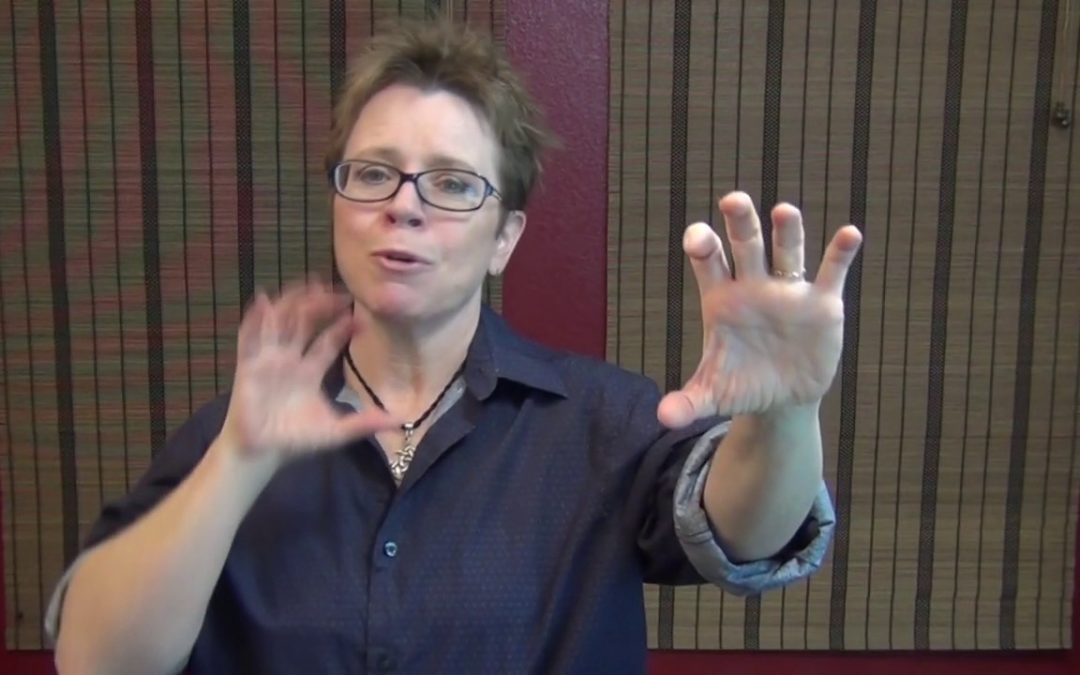 Many students are left wondering where they should begin in the Suzuki books, and likewise, sometimes teachers are unsure what level to place a student in. I’ve written these guidelines are according to how I teach the Suzuki material, the supplements I use, and the scales and etudes I require. If you do not necessarily want to follow the Suzuki repertoire, that’s okay! You will be very interested in my other article which draws equivalencies between traditional methods and the Suzuki method. You can find that article here.
Many students are left wondering where they should begin in the Suzuki books, and likewise, sometimes teachers are unsure what level to place a student in. I’ve written these guidelines are according to how I teach the Suzuki material, the supplements I use, and the scales and etudes I require. If you do not necessarily want to follow the Suzuki repertoire, that’s okay! You will be very interested in my other article which draws equivalencies between traditional methods and the Suzuki method. You can find that article here.
Let’s just dive right in! Many of these skills might not be clear to you. If you would like more of an explanation of what these skills mean, watch my video on YouTube on this topic.
Do You Need Suzuki Violin Book 1?
If a student has trouble with 3 or more of these skills, they need to go through Suzuki Book 1:
• holding the violin securely and naturally
• Holding the bow securely but relaxed
• Relaxing the left hand (no squeezing)
• Good left hand position
• Playing in tune with finger tapes (at least 80% accuracy)
• Producing a good solid, beautiful tone
• Learning book 1 songs by ear without assistance
• Keeping the bow on the highway
• Drawing a straight bow
• Crossing strings without noise
If students only have problems with 1 or 2 items above, then those can be addressed as the student continues into Suzuki Book 2, but they need to be TOP priority.
Do You Need Suzuki Violin Book 2?
Assuming all skills listed for Suzuki Book 1 are mastered, if a student has trouble with 3 or more of the skills below, they need to take Suzuki Book 2:
• Ears should adjust for very fine pitch discrepancies without the aid of the tapes
• Understanding of ringy notes (sympath. Vibrations) and consistent accurate use of them
• Nice clean hooked bow with dotted rhythms (Witches Dance)
• Understanding of detache’, legato, and staccato
• Learning Book 2 tunes by ear unassisted
• Good accurate rhythmic playing
• Slurring up to 4 notes
• Left Hand relaxed
• Hitting the corners of the finger tips consistently (targets)
• Good left hand dexterity and speed
• Bow and Left hand are synchronized
• Note reading
• 1-2 Octave Scales and arpeggios
• Common finger patterns on violin (tetrachords)
• Finger independence
If students only have problems with 1 or 2 items above, then those can be addressed as the student continues into Suzuki Book 3, but they need to be TOP priority.
Do You Need Suzuki Violin Book 3?
Assuming all skills listed for book 1 and 2 are mastered, if a student has trouble with 3 or more of the following skills, they need to take Suzuki Book 3:
• Vibrato fully developed and implemented
• Aware of the performance practices of the Baroque period
• Ornaments: grace notes, trills, mordents, turns, nachschlag….well, maybe not nachschlag
• History of major musical periods and composers (Baroque, Classical, Romantic, 20th c.)
• Musical phrasing
• Bow distribution, bow speed
• Manipulating 3 elements of tone for tone color
• 2 Octave Major and Minor scales and arpeggios in all keys
• Practice techniques (extensive)
• Fluent in 3rd position
• Shifting
• Spiccato
• Staccato
• Music theory and Ear training: interval identification, fingerboard geography, timbre recognition, pitch memory
If they only have problems with 1 or 2 items, then those can be addressed as the student continues into Suzuki Book 4, (coming soon in mid-2017!) but they need to be TOP priority. Keep in mind, some of these issues can easily be addressed by studying music history online, or picking up “Music Theory for Dummies”, and does not necessarily require a private teacher.
Thanks for reading this long article. I hope it helps both students and teachers alike! Keep up the pursuit of violin excellence!

